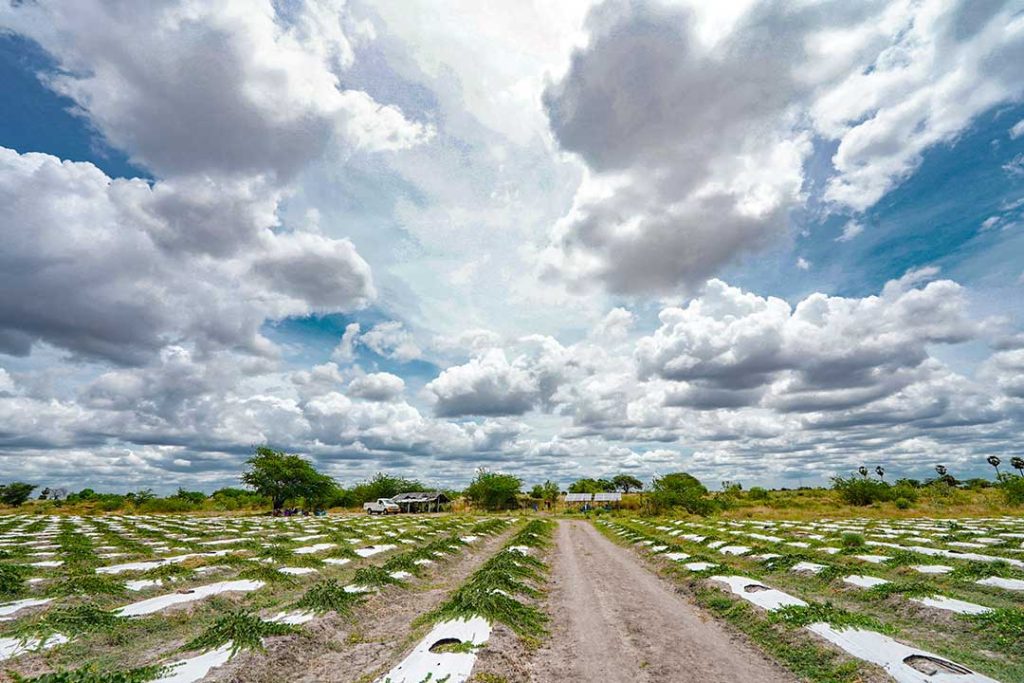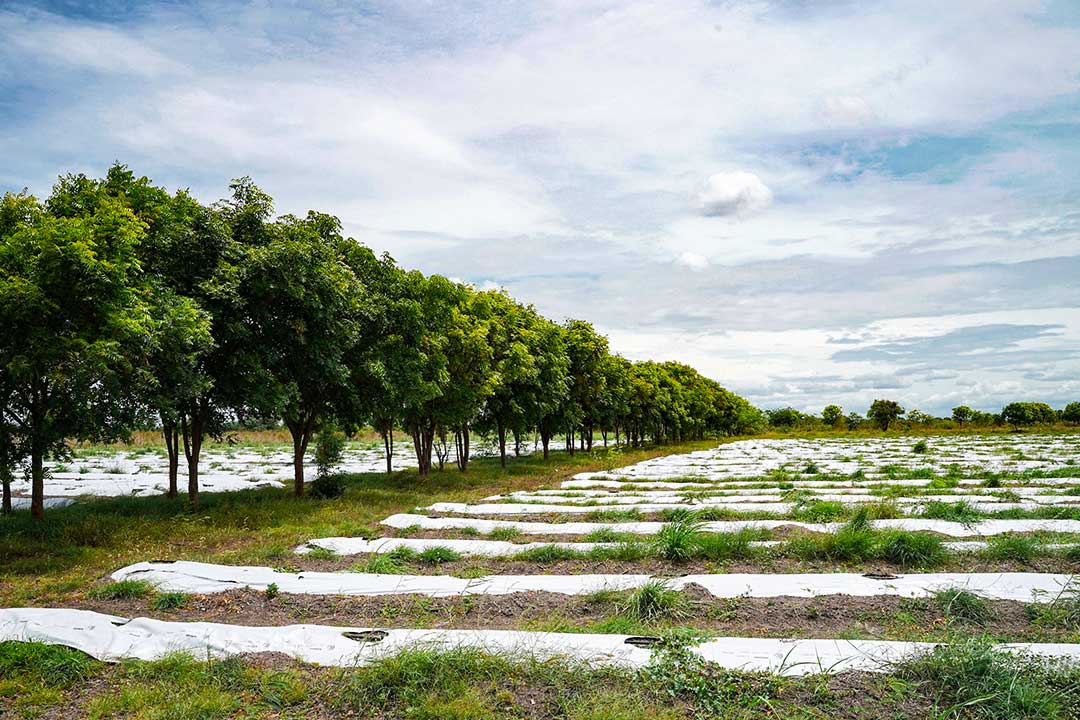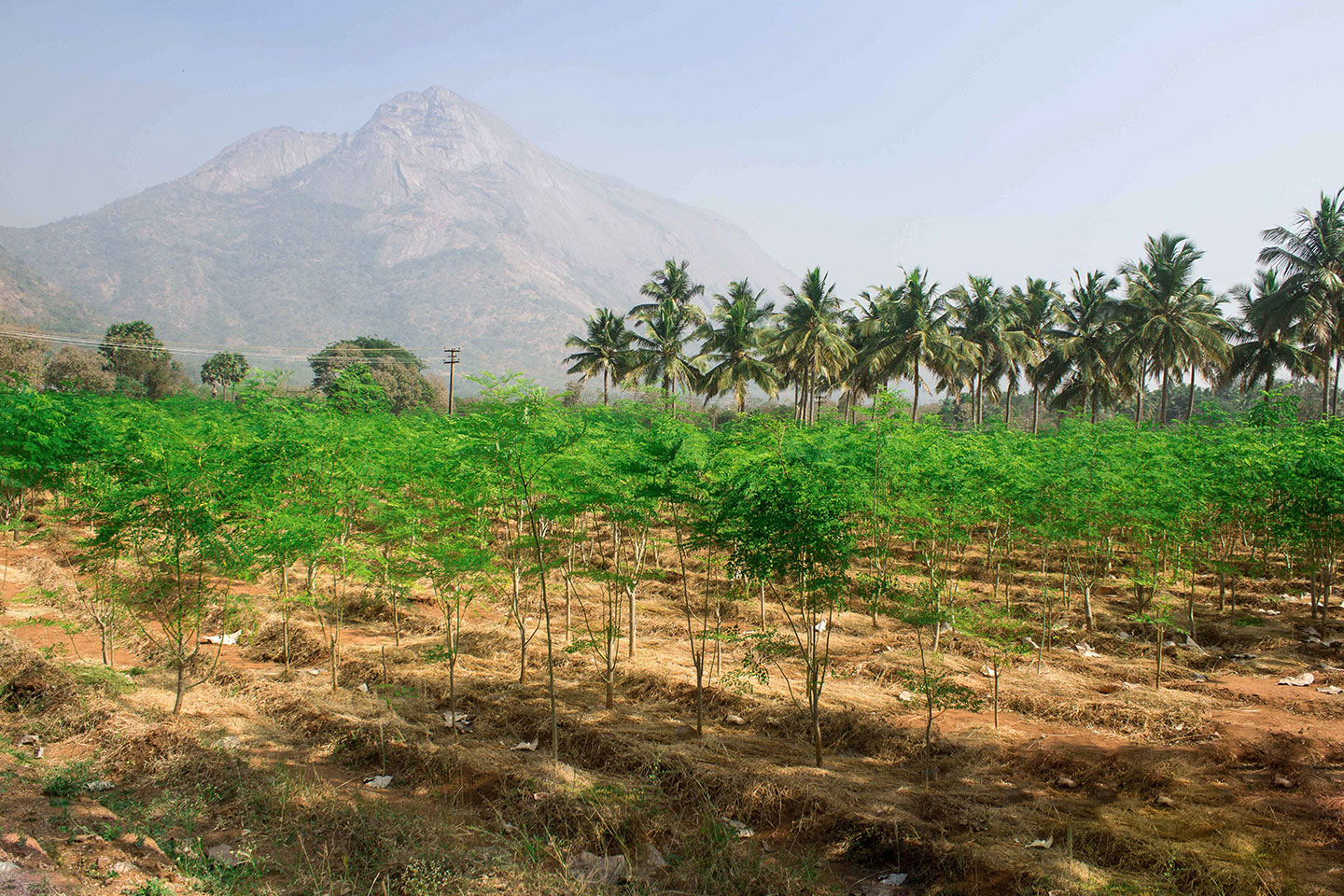Author: Sethu Sethuraman
The Beginning – Notes From The Ground
From the invention of the microwave oven to that of the potato chips and post-it notes, several vital accomplishments were in fact pure accidents. Ishka Farms’ genesis too in some ways is a tale of serendipity that began in a direction quite different from where it finally came to be.
One cool, sunny day at the start of this millennium, Srikant, the sagacity behind Ishka, was with his father in their ancestral village near Charmarajanagar in Karnataka, attending a small event honoring their family for their contributions of a play ground land to the village school. The thanksgiving function stirred something deep within him – the villagers were acknowledging deep gratitude for a tiny gesture which would be ahuge windfall for the village’s welfare in years to come.
Inspired by the extent to which the villagers’ lives were being changed by a mere donation, Srikant felt this was the kind of population where more resources should be funneled into. He had been mulling a renewable energy project – a work-in-progress that could take shape as a bio-diesel factory, a solar, or wind farm – all of which needed a large parcel of land. One or more of the villages around Charmarajanagar could be the ideal place for his pet project.
Srikant began putting his thoughts into action immediately upon returning home to Kochi. A series of organized and spontaneous occurrences started taking shape. While impediments prevented situating the project in Karnataka, land acquiring and procedures seem to fall into place on their own when he started looking at options that would benefit less developed areas in the Tuticorin district of Tamilnadu. Renewable energy professionals were invited to assess the tract of land acquired in and around the villages of Neeravipudupatti, Arungulam, Keela Eral, Padarnthapuli and Vilathikulam. How effective will a bio-diesel factory using juliflora (karuvelam) as raw material be? Will the 365 acres suit a wind farm or solar farm? Where is the nearest electric sub-station? What are the cost implications, etc.
While this was happening, also quite by chance another meeting took place between Srikant and a South American agro-engineer in a bar in St.Petersburg (yes, as in Russia – that’s not a typo). The word capers was whispered in his ears and it was not the vodka talking. The more he understood growing capers, the more it became clear that the soil, weather, water and labor requirements in the land he had just bought, would suit, (nay be ideal) for growing organic capers. Producing an essentially Mediterranean-food condiment in southern India was a bit of a stretch by any measure. Can it be done?
Deeper learning about caper farming involved visiting established caper farms. The nearest farms were in Europe, Mexico and South America, not exactly a day trip from Kochi. An exploratory trip was the only way to convince himself he was not stepping into a large undertaking purely on a whistle and a whim. Srikant planned trips to Argentina, Israel, San Diego USA, Baja California in Mexico and Pantelleria in Italy. The farm visits only underscored what he already knew, farming capers was not going tobe a cakewalk. But he was up to the challenge.
To make sure his assessment that the conditions in the land in Tamilnadu was perfect for capers, he then invited his Argentinian acquaintance to Neeravipudupatti. At the meeting, squatting down in the field under a large banyan, the only tree for miles around that had survived several failed monsoons, the soil analysis reports and the water-test paperwork between them under granite-stone paperweights, a decision was made. Ishka Farms was born.

Our First Monsoon
When we think of rains in India, we always seem to picture the monsoon season; starting in June and lasting through till September, the bulk of the subcontinent receives a much-awaited respite from sweltering summer when the south-westerlies hit and drench the arid paddy fields, rivers, lakes, and reservoirs. Coastal Tamil Nadu, however, gets its share of precipitation only when the monsoon winds “retreat” to bring rains in October/November.
While monsoons fail frequently (the last 50 years have seen failures 14 times), retreating monsoons fail even more often. The small farmer in Thoothukudi ploughs and prepares the land for planting in late August; hope is his paramount inspiration. He selects crops (tuvar dal or pigeon pea, chilly peppers, and moong dal being three among regional favorites) that will not require abundant water, and at the same time, can survive waterlogging as once the rains fall, the clayey, black soil stays flooded for weeks.
The 25 acres of young moringa at Ishka looked lush and verdant in August 2014. We had designed the farm to receive irrigation from groundwater as the rains were not our main source for watering. Three consecutive years before 2014 had, in fact, seen no significant rains in these villages. But a huge, unpleasant surprise was coming up. The rains were unusually heavy this year, and the flooding was so severe that all access roads/paths to the farm were underwater for several weeks. Moringa being an arid tree, couldn’t handle this much drenching, and most bushes did not survive.
Once the water receded, there was more bad news. The tinctoria roots still embedded underground grew rapidly, nourished by the abundant rainwater. Weeding them was a military scale operation we were not prepared for. The weed grew taller than the moringa by far, and soon we realized we were fighting a losing battle. Our staff who accessed the farm by motorcycle were forced to wade through knee-deep slush to reach work. Workers from the village just couldn’t keep up with the weeding schedules as well.
Also, we got schooled big time on pest management! Grasshoppers and other insects lay eggs that lie buried in the soil, waiting for the right time to hatch. Once the rain falls, the eggs hatch and in a matter of days, the area is teeming with grasshoppers and bugs that love feasting on moringa leaves!
Lesson learnt. Way forward, we decided to remove the tinctoria roots, this time using the services of a giant JCB excavator that can delve deep and thorough in getting out their roots once and hopefully forever. Also, we used extensive plastic mulching on the plant beds. To keep out smaller weeds without using chemical pesticides was a bigger issue. The pests have posed their share of challenges. Luckily, we found suppliers of chemical-free pesticides.
Also, and more valuable to us in the long run, the villagers taught us to prepare our own organic pesticides using locally available ingredients. They willingly shared with us age-old formulas that have been in their families for generations. This we find extremely precious and endearing. Both moringa and capers are quite pest resistant and don’t require special pest-control protocols. However, the regional brown grasshopper variety (the locals call it vettukili) loves chomping on caper bushes, and timely spraying with homemade organic pesticide is the only reason the bushes survive and thrive as they do now.





